Breath work is an essential part of tai chi and qigong practice. We learn to breathe slowly and deeply with each movement. Breathing in this way helps us to relax and to oxygenate our cells. When our cells are fully oxygenated we can better ward off virus, bacteria and other types of organisms.
0 Comments
I am often asked, "What is the difference between tai chi and qigong?" To keep things clear and simple, I like to think of qigong as the bigger realm of practice which encompasses tai chi. To me, tai chi is a qigong practice. Why?
|
AuthorI am filled with wonder, gratitude and awe for the journeys we travel and for the teachers we meet along the way. Archives
March 2024
Categories |



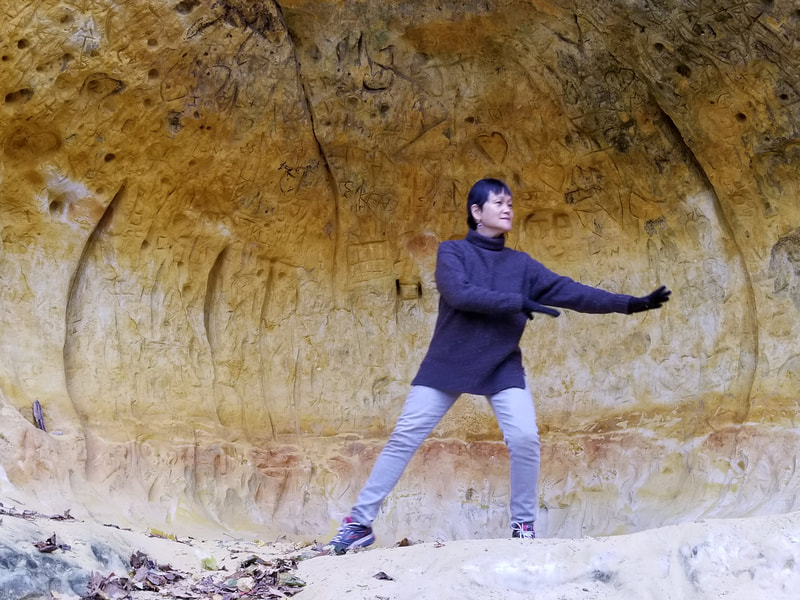

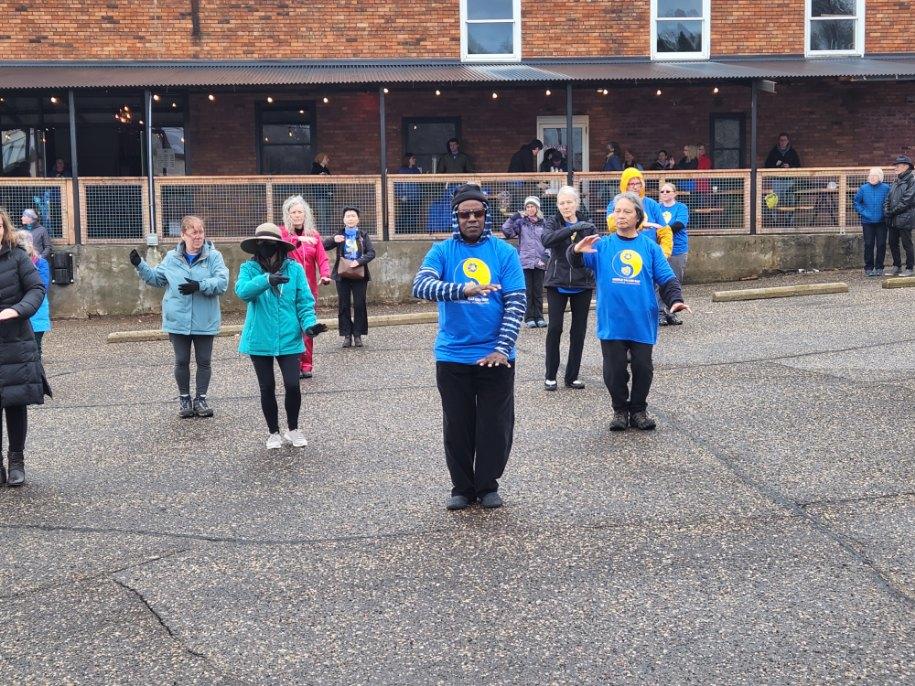
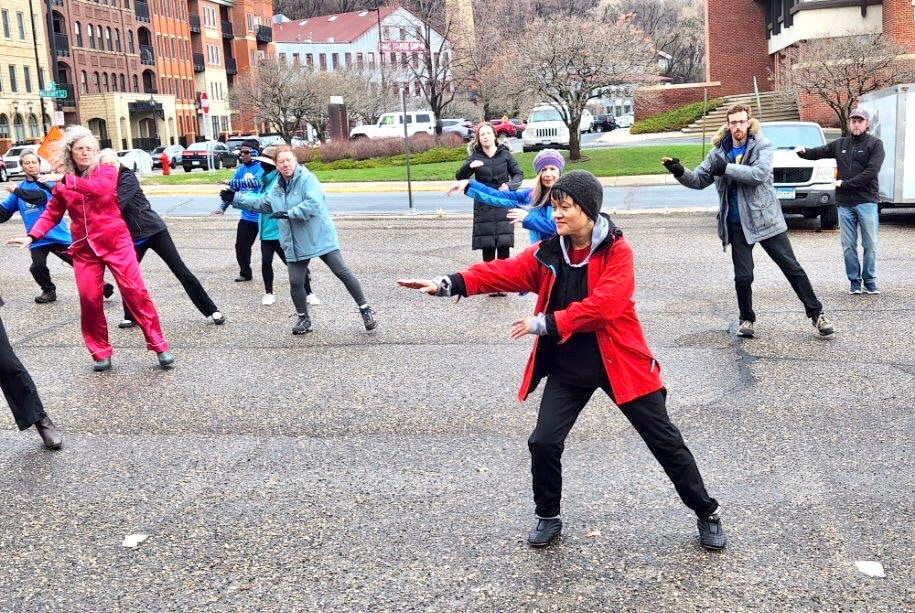
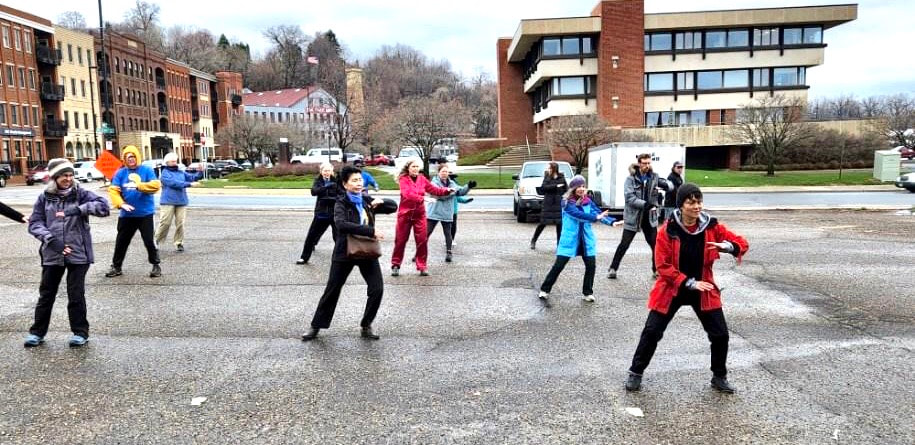



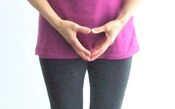
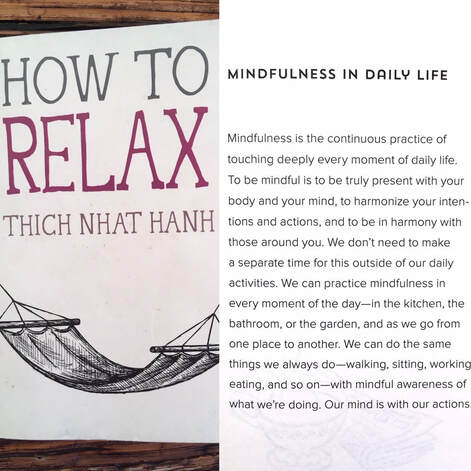
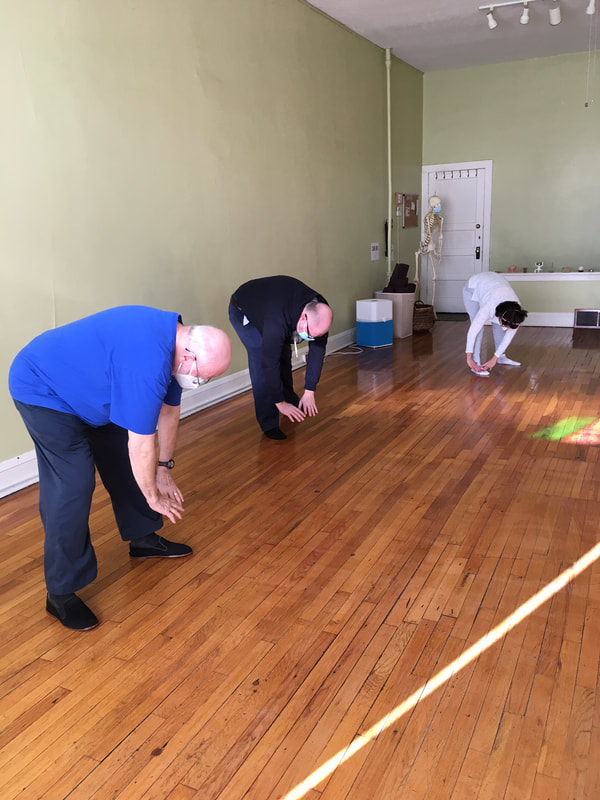





 RSS Feed
RSS Feed